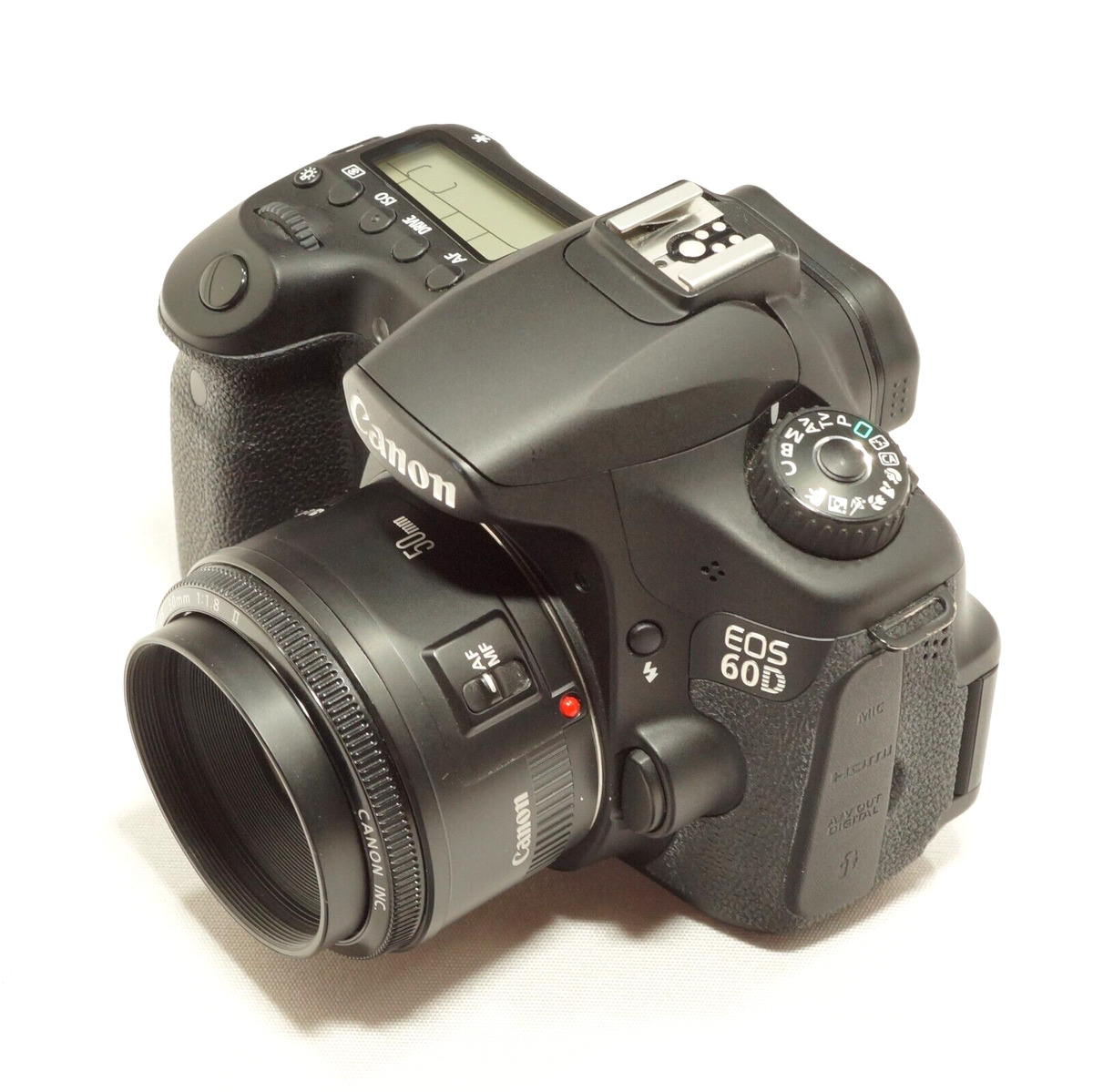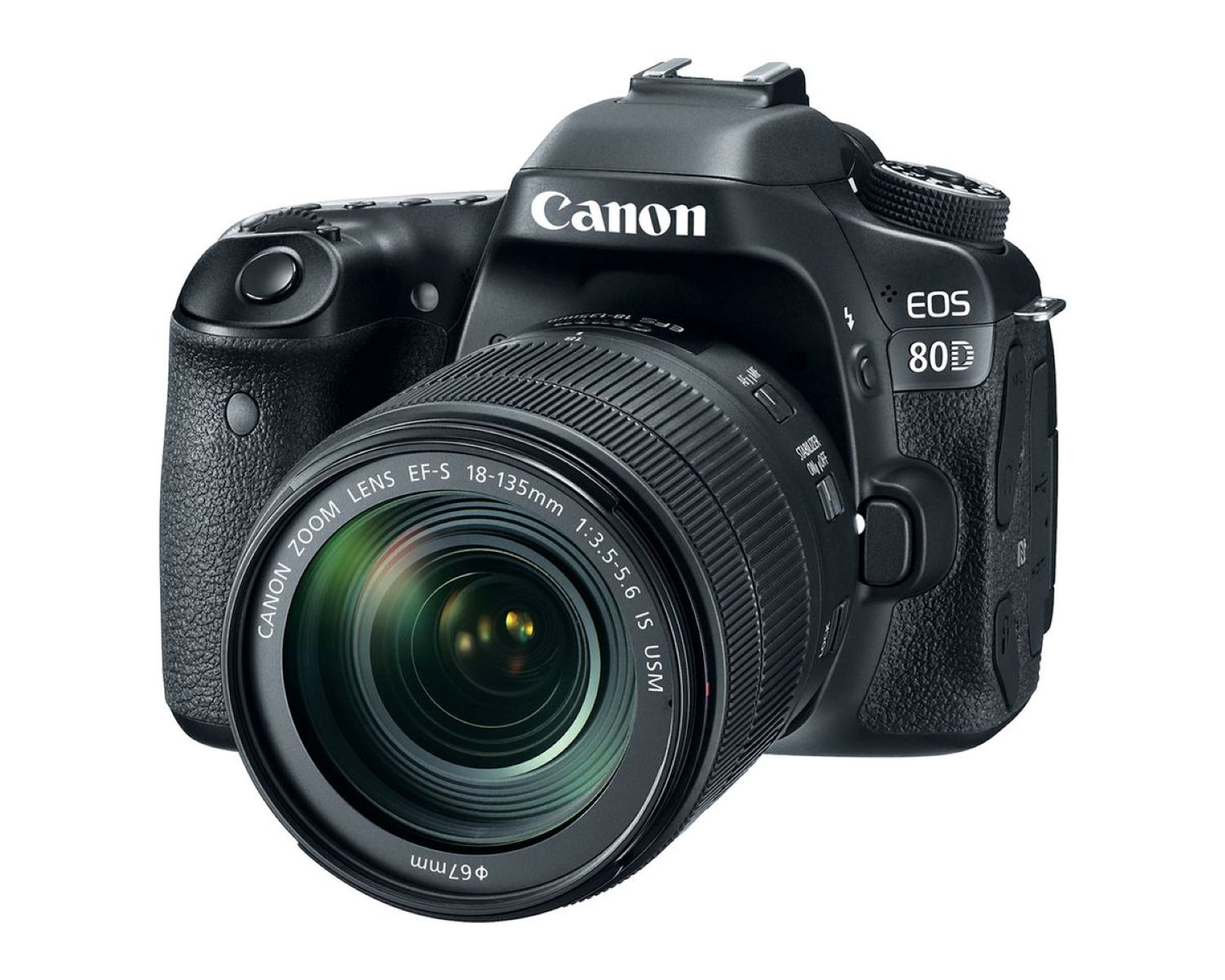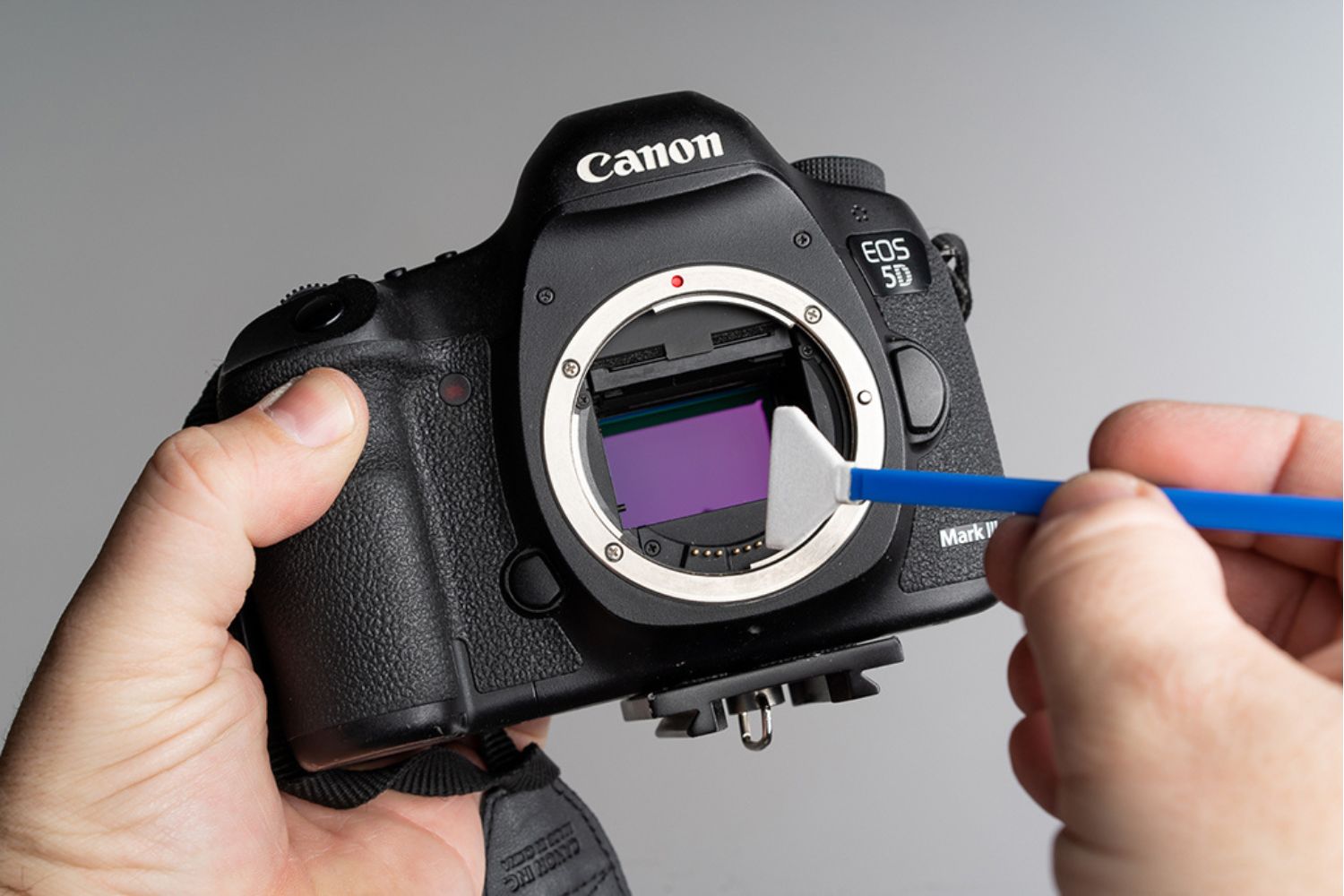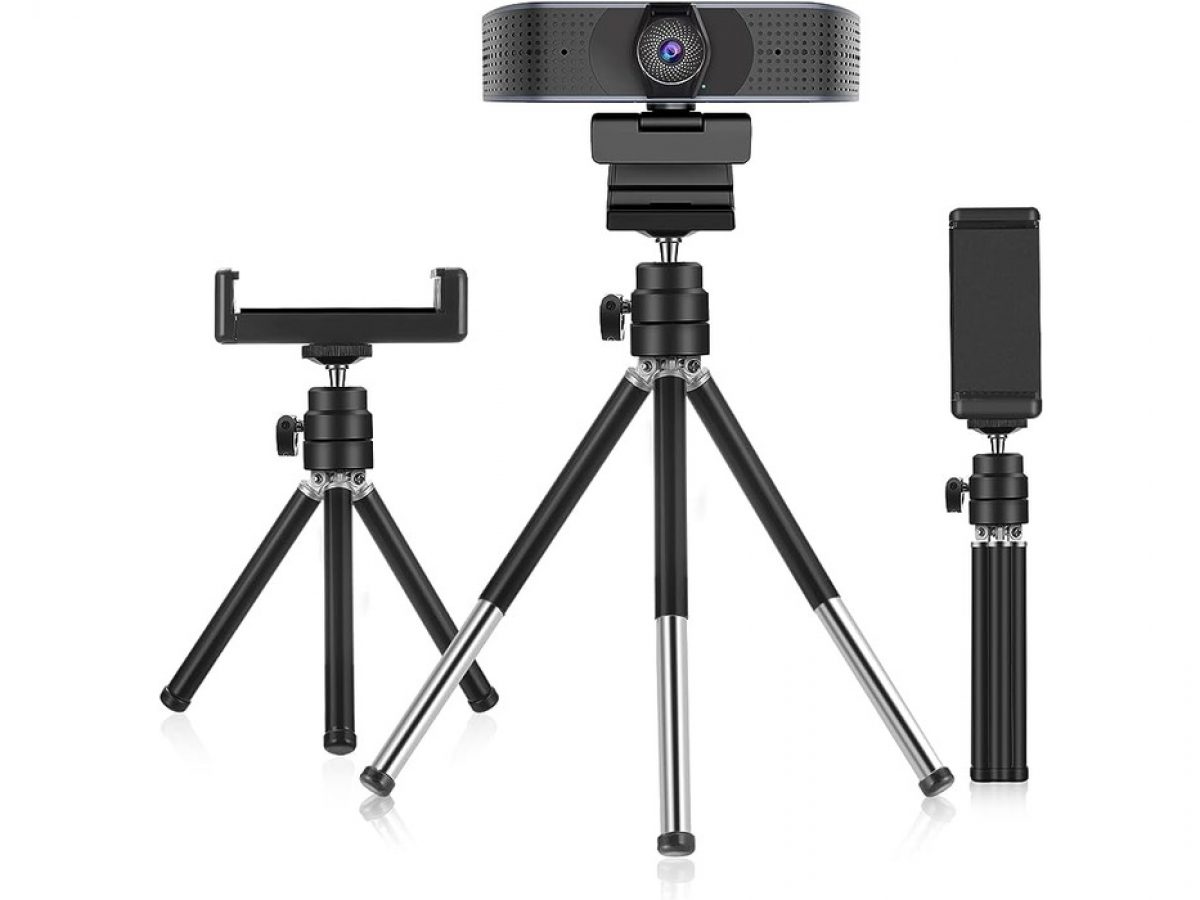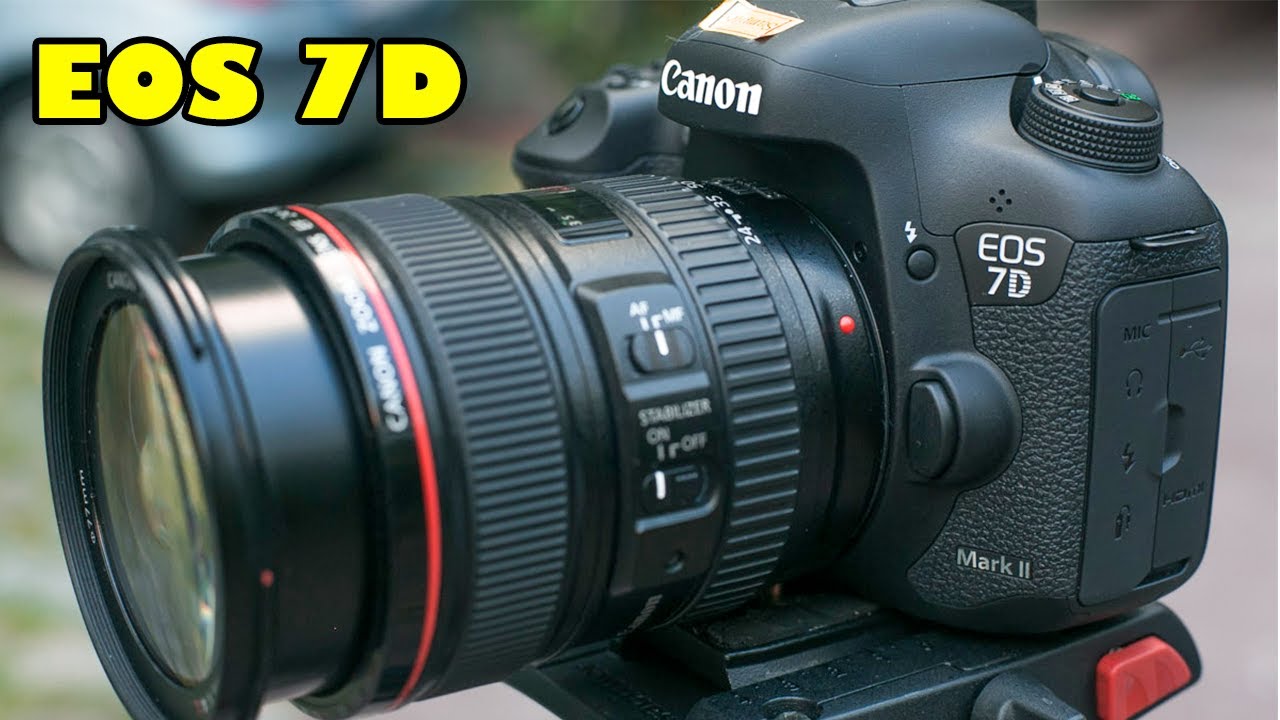Introduction
Understanding the inner workings of a DSLR camera can be an intriguing journey, especially for photography enthusiasts and professionals seeking to master their craft. While the exterior of a DSLR camera may appear familiar, it's the internal components that truly bring the magic to life. In this article, we will delve into the heart of a DSLR camera to uncover the location and function of the recording surface, shedding light on the essential elements that contribute to capturing stunning images.
As we embark on this exploration, we will unravel the intricate mechanisms responsible for translating light into digital imagery. Our journey will take us through the imaging sensor, the mirror mechanism, and the shutter mechanism, each playing a pivotal role in the process of recording breathtaking photographs. By understanding the interplay of these components, photographers can gain a deeper appreciation for the art and science behind their beloved DSLR cameras.
So, let's embark on this enlightening expedition to discover the elusive recording surface within a DSLR camera. Through this exploration, we aim to demystify the inner workings of these remarkable devices, empowering photographers to harness their full potential and capture moments with unparalleled clarity and precision.
Understanding the DSLR Camera
Before delving into the specifics of the recording surface in a DSLR camera, it’s essential to grasp the fundamental architecture of these sophisticated devices. A DSLR, or digital single-lens reflex camera, is renowned for its versatility, allowing photographers to capture a diverse range of subjects with exceptional clarity and detail. At the core of every DSLR camera lies a complex interplay of components that work harmoniously to create stunning photographs.
The DSLR camera comprises three primary elements: the lens, the mirror mechanism, and the imaging sensor. The lens serves as the gateway for light to enter the camera, focusing and directing it onto the imaging sensor. This intricate process forms the foundation of photography, as the quality and characteristics of the lens greatly influence the final image.
Moreover, the mirror mechanism within a DSLR camera plays a crucial role in facilitating the optical viewfinder experience. When the photographer peers through the viewfinder, the mirror reflects the incoming light upward, allowing for real-time composition and framing of the shot. This mechanism distinguishes DSLRs from other camera types, providing a direct, through-the-lens perspective of the scene.
Furthermore, the imaging sensor stands as the heart of the DSLR camera, capturing the incoming light and transforming it into digital information. This pivotal component is responsible for recording the image, translating the play of light and shadow into a digital representation. The quality and sensitivity of the imaging sensor significantly impact the camera’s ability to render fine details, colors, and dynamic range, making it a critical factor in the pursuit of photographic excellence.
By comprehending the intricate synergy between the lens, mirror mechanism, and imaging sensor, photographers can harness the full potential of their DSLR cameras, unlocking a world of creative possibilities. This foundational understanding sets the stage for a deeper exploration of the recording surface and its pivotal role in the art of photography.
The Imaging Sensor
At the heart of every DSLR camera lies the imaging sensor, a remarkable component that serves as the digital canvas for capturing the intricacies of light and shadow. The imaging sensor, often referred to as the digital film, is a semiconductor device that plays a pivotal role in transforming optical input into digital output, ultimately shaping the visual narrative of a photograph.
Commonly categorized as either CCD (charge-coupled device) or CMOS (complementary metal-oxide-semiconductor), imaging sensors are composed of millions of photosites, or pixels, each capable of capturing and storing light information. These pixels work in unison to record the intensity and color of incoming light, forming the foundation for the digital representation of the captured scene.
The resolution of a camera, often expressed in megapixels, directly correlates to the density of these pixels on the imaging sensor. Higher resolution sensors boast a greater number of pixels, allowing for finer details and larger print sizes without sacrificing image quality. This attribute is particularly valuable for photographers seeking to capture expansive landscapes or intricate subjects with unparalleled clarity.
Moreover, the sensitivity of the imaging sensor profoundly influences the camera’s performance in varying lighting conditions. A sensor’s ability to handle low light situations, known as its high ISO performance, is a critical consideration for photographers working in dimly lit environments or capturing fast-moving subjects. Additionally, the sensor’s dynamic range, or its capacity to preserve detail in both highlights and shadows, significantly impacts the camera’s ability to convey the full spectrum of tonal values in a scene.
Understanding the nuances of the imaging sensor empowers photographers to make informed decisions when selecting and utilizing their DSLR cameras. By recognizing the sensor’s role as the conduit between light and digital imagery, photographers can leverage its capabilities to craft visually compelling narratives, harnessing the power of technology to immortalize moments in time.
The Mirror Mechanism
Central to the optical viewfinder experience in a DSLR camera is the mirror mechanism, a sophisticated arrangement that enables photographers to observe and compose their shots with unparalleled precision. Positioned at a 45-degree angle within the camera body, the mirror serves as a pivotal component in facilitating the through-the-lens viewing experience, distinguishing DSLRs from other camera types.
When the photographer peers through the optical viewfinder, the incoming light passes through the camera’s lens and strikes the mirror. This reflective surface redirects the light upward, allowing it to traverse a complex series of prisms and lenses before reaching the photographer’s eye. This optical pathway provides a real-time, through-the-lens representation of the scene, empowering photographers to compose their shots with accuracy and finesse.
The mirror mechanism also plays a crucial role in enabling phase-detection autofocus, a rapid and precise focusing method employed by DSLR cameras. As light passes through the lens and strikes the mirror, a portion of it is directed to a dedicated autofocus sensor, allowing the camera to swiftly assess and adjust the focus to achieve optimal sharpness. This seamless integration of the mirror mechanism and autofocus system empowers photographers to capture fleeting moments with exceptional clarity and detail.
Furthermore, the mirror mechanism undergoes a swift and precise movement during the image capture process. As the shutter release is activated, the mirror momentarily flips upward, clearing the path for light to reach the imaging sensor. This swift action, known as mirror lock-up, minimizes vibrations within the camera body, ensuring sharpness and clarity in the final image, particularly when using longer exposure times or capturing macro subjects.
By comprehending the intricate role of the mirror mechanism within a DSLR camera, photographers can gain a deeper appreciation for the precision and artistry embedded in these remarkable devices. The seamless orchestration of the mirror mechanism, optical viewfinder, and autofocus system empowers photographers to engage with their subjects in real time, capturing moments with unparalleled accuracy and finesse.
The Shutter Mechanism
Embedded within the core of a DSLR camera is the shutter mechanism, an essential component that governs the duration of light exposure, allowing photographers to freeze moments in time with precision and artistry. Comprising two primary curtains – the first curtain and the second curtain – the shutter mechanism orchestrates a meticulously timed dance to regulate the duration of light reaching the imaging sensor.
When the photographer activates the shutter release, the first curtain swiftly descends, unveiling the imaging sensor to the incoming light. This initiation of the exposure marks the commencement of the photographic journey, as the sensor begins to record the play of light and shadow within the scene. The duration for which the sensor remains exposed is determined by the shutter speed, a fundamental setting that empowers photographers to freeze fast-paced action or create captivating long-exposure effects.
Following the designated exposure duration, the second curtain seamlessly follows, covering the imaging sensor and concluding the light-gathering process. This synchronized movement ensures that each pixel on the sensor receives an equal and uninterrupted exposure, preserving the integrity and fidelity of the captured image. The seamless coordination of the first and second curtains is instrumental in maintaining the sharpness and clarity of the final photograph.
Furthermore, the shutter mechanism empowers photographers to explore the creative potential of their DSLR cameras, offering a vast spectrum of exposure possibilities. From high-speed shutter settings that freeze split-second action to extended exposures that paint mesmerizing light trails, the versatility of the shutter mechanism enables photographers to craft visual narratives with unparalleled depth and dynamism.
Moreover, the shutter mechanism plays a pivotal role in minimizing vibrations within the camera body during the exposure process. This feature is particularly valuable when capturing images at slower shutter speeds or utilizing telephoto lenses, as it ensures that the final image remains free from the blurring effects of camera shake, preserving the integrity of the captured moment.
By comprehending the intricacies of the shutter mechanism, photographers can harness its capabilities to craft compelling visual stories, freezing moments in time with precision and finesse. This foundational understanding empowers photographers to explore the full spectrum of creative possibilities offered by the shutter mechanism, elevating their photographic pursuits to new heights of artistry and expression.
Conclusion
Embarking on a journey to uncover the recording surface within a DSLR camera has unveiled the intricate interplay of components that bring the art of photography to life. From the imaging sensor, the heart of digital imagery, to the mirror and shutter mechanisms orchestrating the visual symphony, each element contributes to the seamless fusion of art and technology that defines the DSLR experience.
By gaining a deeper understanding of the imaging sensor, photographers can appreciate its role as the digital canvas, capturing the nuances of light and color with remarkable precision. The sensor’s resolution, sensitivity, and dynamic range stand as pillars of photographic expression, empowering photographers to breathe life into their visual narratives with unparalleled clarity and depth.
Furthermore, the mirror mechanism’s contribution to the through-the-lens viewing experience and swift autofocus capabilities underscores its pivotal role in shaping the photographer’s interaction with the scene. This intricate interplay of optics and mechanics empowers photographers to compose their shots with finesse, capturing moments with exceptional accuracy and artistry.
Moreover, the shutter mechanism’s meticulous regulation of light exposure offers photographers a vast spectrum of creative possibilities, from freezing split-second action to painting mesmerizing long-exposure effects. This foundational component serves as the gateway to a world of visual storytelling, empowering photographers to immortalize moments with precision and artistry.
As we conclude this exploration, it becomes evident that the recording surface within a DSLR camera transcends the physical confines of its components, embodying the spirit of creativity and expression. By comprehending the inner workings of these remarkable devices, photographers can harness their full potential, capturing moments with clarity, depth, and emotion.
In essence, the recording surface within a DSLR camera is not merely a physical location; it is a gateway to a world of visual storytelling, a conduit for creative expression, and a testament to the enduring fusion of art and technology that defines the timeless pursuit of photography.










